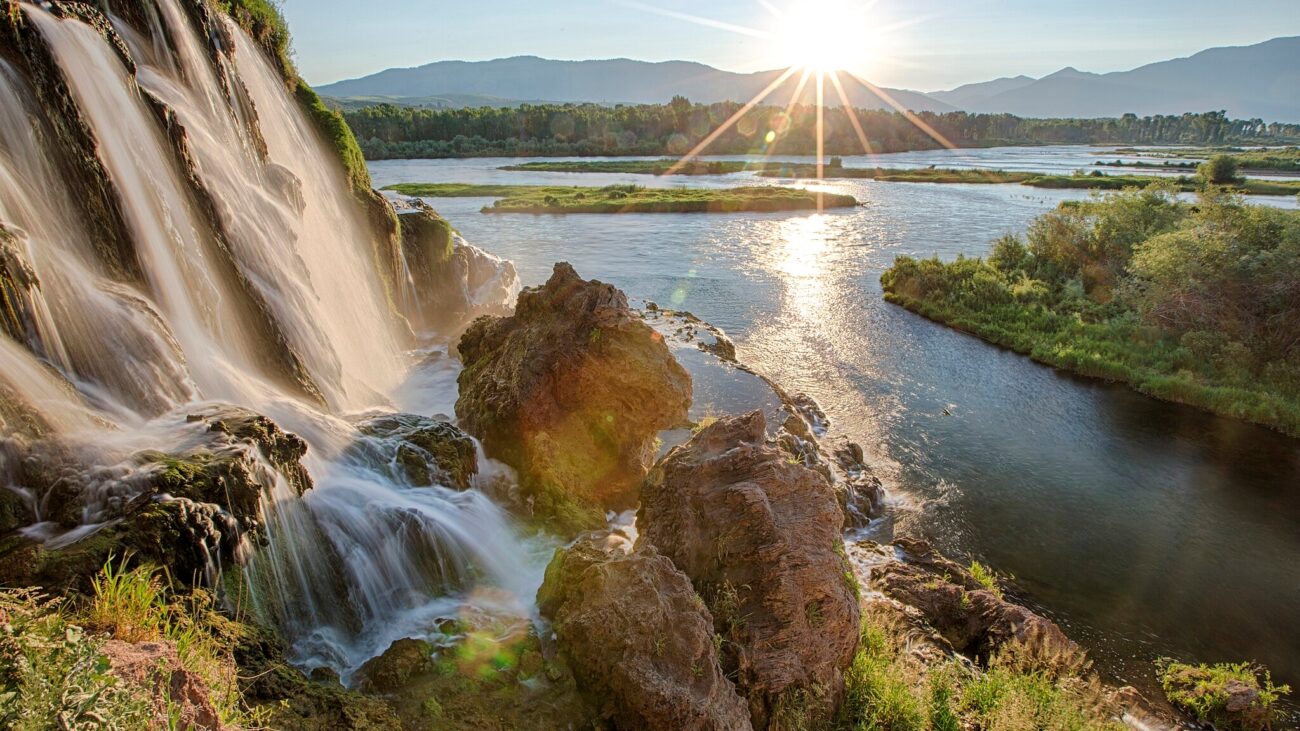Tucked away along the rugged border between Idaho and Oregon lies one of America’s most spectacular yet underappreciated natural wonders: Hell’s Canyon. While the Grand Canyon often steals the spotlight, this magnificent gorge actually holds the title as North America’s deepest river gorge, plunging an astounding 7,993 feet into the earth. Carved by the relentless Snake River over millions of years, Hell’s Canyon offers a dramatic landscape of towering cliffs, rushing rapids, and pristine wilderness that rivals any natural wonder on the continent.
Despite its intimidating name, Hell’s Canyon is far from hellish – it’s a paradise for outdoor enthusiasts, wildlife watchers, and anyone seeking to experience raw, untamed natural beauty. From its fascinating geological origins to its rich cultural history and incredible biodiversity, this remarkable canyon has stories that will leave you amazed. Let’s dive into 13 incredible facts about this hidden gem that deserves a spot on every nature lover’s bucket list.
1. It’s Nearly 2,000 Feet Deeper Than the Grand Canyon
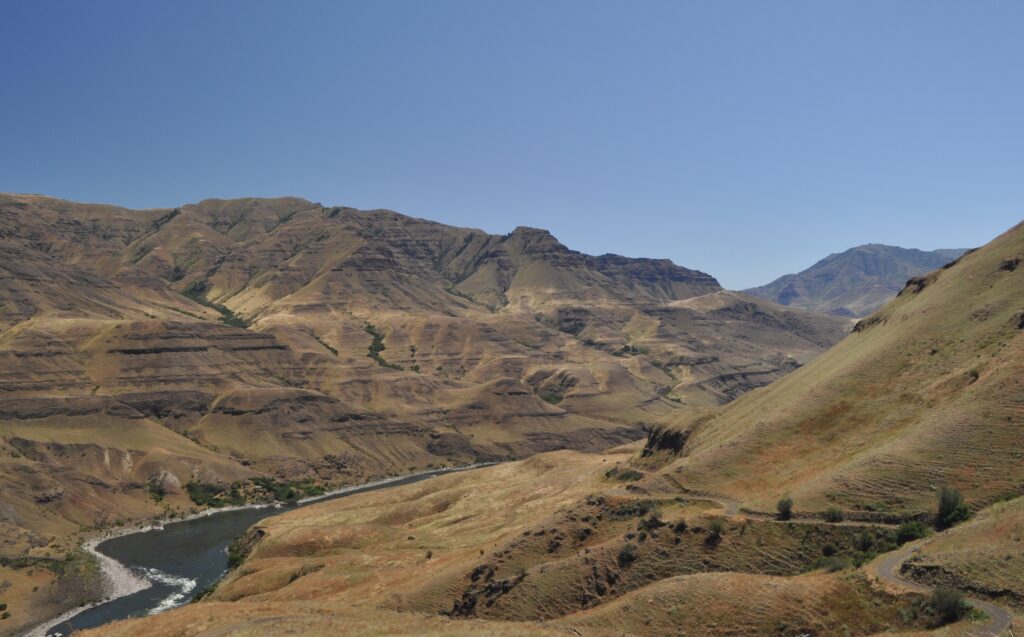
The most jaw-dropping fact about Hell’s Canyon is its sheer depth. At 7,993 feet deep, it plunges nearly 2,000 feet deeper than Arizona’s famous Grand Canyon. To put this in perspective, if you stood at the rim of Hell’s Canyon and dropped a stone, it would fall for more than a mile and a half before hitting the Snake River below. The canyon stretches approximately 10 miles wide at its broadest point, creating a massive chasm that seems to swallow the landscape whole.
This incredible depth is measured from the top of the Seven Devils Mountains on the Idaho side down to the Snake River. The contrast is so dramatic that visitors often experience vertigo when peering over the edge. Unlike the Grand Canyon’s layered sedimentary rocks that tell a clear geological story, Hell’s Canyon showcases a more complex mix of volcanic and metamorphic formations that create a uniquely rugged and wild appearance.
2. The Canyon is Surprisingly Young Geologically

Recent scientific research reveals that Hell’s Canyon was rapidly carved just 2.1 million years ago when a shifting landscape in Idaho caused a giant lake to start overflowing. This makes Hell’s Canyon remarkably young in geological terms – practically a newborn compared to many other major canyons. The rapid formation explains why the canyon walls are so steep and dramatic, lacking the gradual weathering patterns seen in older formations.
The canyon’s youth also means it’s still actively changing. The Snake River continues to carve deeper into the bedrock, while seasonal floods and erosion constantly reshape the canyon walls. This ongoing geological activity makes Hell’s Canyon a living laboratory for scientists studying rapid landscape formation and river dynamics.
3. It’s Home to North America’s Most Challenging Whitewater

The Snake River that carved Hell’s Canyon isn’t content to flow peacefully – it roars through the gorge with some of the most challenging whitewater rapids in North America. The river drops dramatically through the canyon, creating Class III to Class V rapids that attract world-class whitewater enthusiasts from around the globe. Rapids with intimidating names like “Wild Sheep” and “Granite Creek” test even the most experienced rafters and kayakers.
What makes these rapids particularly challenging is their remote location and the canyon’s steep walls, which make rescue operations extremely difficult. The combination of powerful hydraulics, sharp rocks, and limited access points means that only the most skilled and prepared adventurers should attempt to navigate the river’s most dangerous sections. However, guided tours offer safer options for those wanting to experience the thrill without the extreme risk.
4. The Area Spans Over 650,000 Acres of Protected Wilderness

Hell’s Canyon National Recreation Area encompasses 652,488 acres of pristine wilderness, making it one of the largest protected areas in the Pacific Northwest. This vast expanse includes not just the canyon itself but also surrounding mountains, forests, and grasslands that provide critical habitat for countless species. The recreation area was established in 1975 to protect this unique ecosystem from development and ensure its preservation for future generations.
The protected status means that much of Hell’s Canyon remains in its original wild state, with minimal human development or interference. Visitors can experience what the landscape looked like centuries ago, complete with original vegetation patterns and wildlife populations. This level of protection is crucial for maintaining the area’s ecological integrity and providing refuge for species that have been displaced from other regions.
5. It Hosts an Incredible Diversity of Wildlife
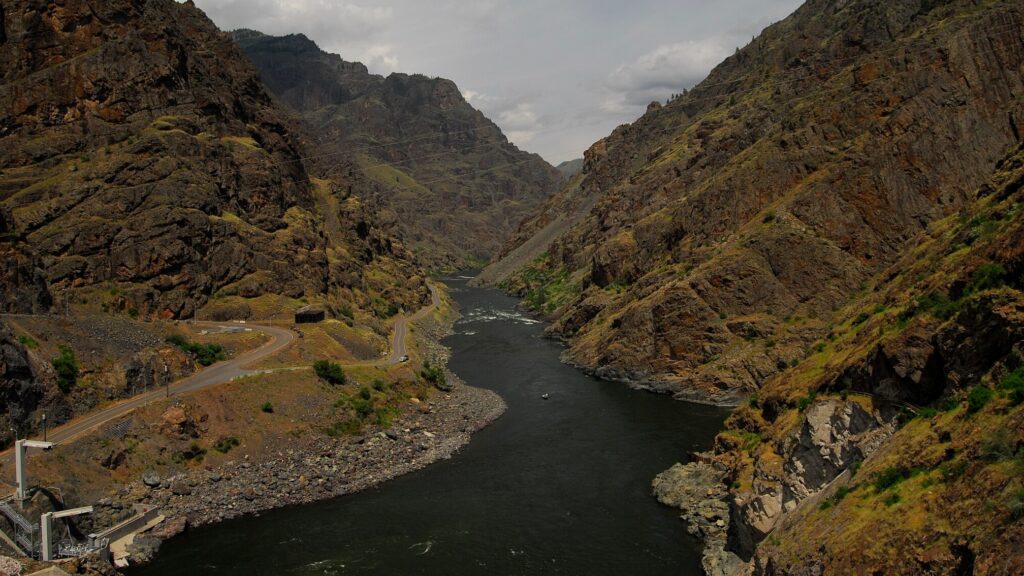
Hell’s Canyon’s diverse elevations and habitats support an remarkable array of wildlife that would make any naturalist’s heart race. The area is home to mountain goats that seem to defy gravity as they navigate sheer cliff faces, elk herds that migrate through mountain meadows, and black bears that forage in the canyon’s varied ecosystems. Bird enthusiasts can spot everything from golden eagles soaring on thermals rising from the canyon depths to rare species like the gray partridge.
The canyon’s unique position creates multiple microclimates and habitat zones within a relatively small area. Desert species thrive in the hot, dry canyon bottom, while alpine species inhabit the cool mountain peaks. This elevation gradient creates a natural laboratory where species from vastly different ecosystems coexist in close proximity, making every wildlife viewing opportunity a potential surprise.
6. Ancient Native American Tribes Called It Home for Thousands of Years
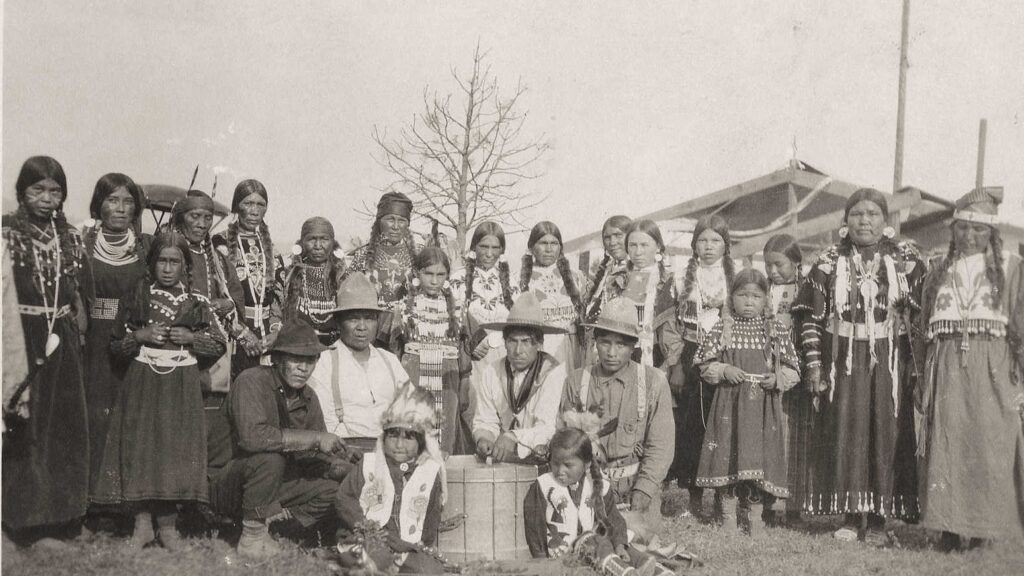
The earliest known residents in Hell’s Canyon were the Nez Perce tribe, with other tribes including the Shoshone-Bannock, northern Paiute, and Cayuse Indians visiting the area. These indigenous peoples recognized the canyon’s value long before European explorers arrived, establishing settlements that took advantage of the area’s mild winters and abundant natural resources.
Evidence of their presence remains visible today in the form of pictographs and petroglyphs carved into canyon walls, creating an ancient art gallery that tells stories of hunting expeditions, spiritual ceremonies, and daily life. These rock art sites are considered sacred by modern tribal members and provide invaluable insights into pre-Columbian life in the Pacific Northwest. The tribes developed sophisticated knowledge of the canyon’s seasonal patterns, knowing exactly when and where to find specific plants, animals, and materials needed for survival.
7. Lewis and Clark’s Expedition Barely Scratched the Surface
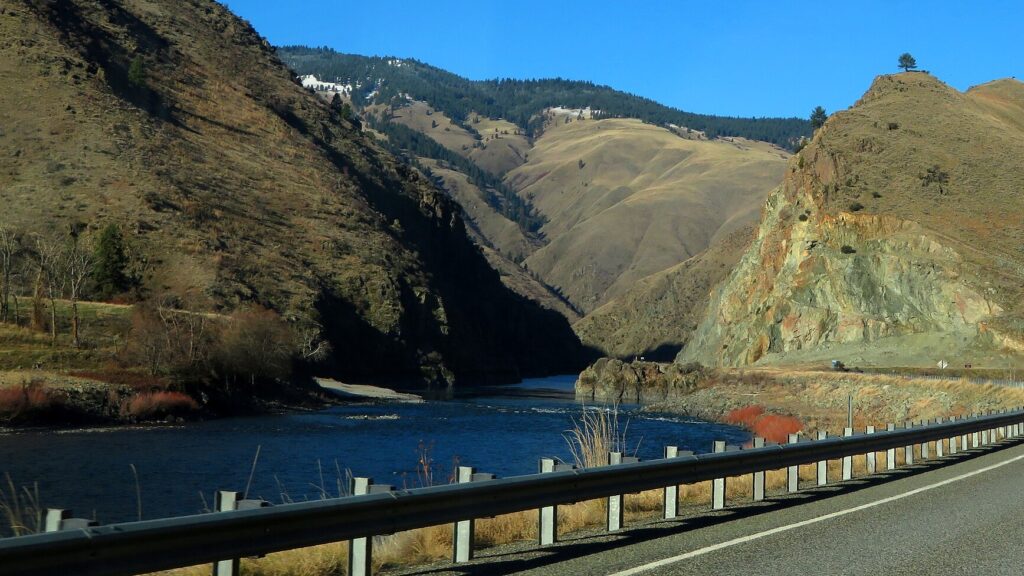
In 1806, three members of the Lewis and Clark Expedition entered the Hell’s Canyon region along the Salmon River but turned back without seeing the deep parts of the canyon. This near-miss with history means that one of America’s most famous exploration teams never fully documented one of the continent’s most spectacular natural features. The expedition members likely encountered some of the area’s outer reaches but were deterred by the rugged terrain and challenging conditions.
It wasn’t until 1811 that the Wilson Price Hunt expedition actually explored deeper into Hell’s Canyon while searching for a navigable route to the Pacific. Their journey revealed just how treacherous and impassable much of the canyon could be, helping to explain why it remained largely unexplored by European-Americans for decades after Lewis and Clark’s famous journey.
8. The Canyon Features Walls That Rise Perpendicularly for Thousands of Feet
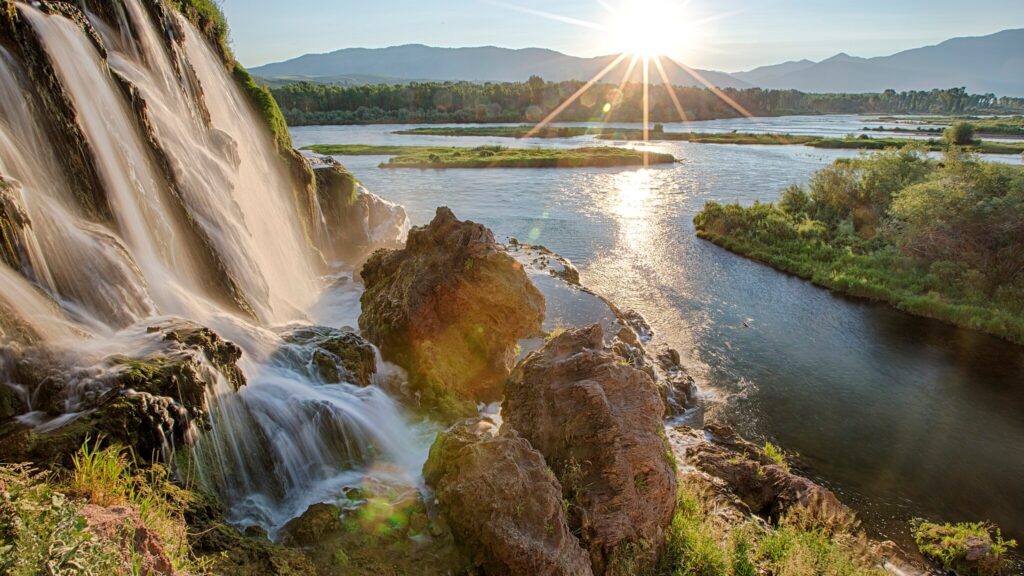
In many places, the canyon walls rise perpendicularly for several thousand feet, creating some of the most dramatic vertical landscapes in North America. These sheer cliff faces are composed of ancient volcanic rocks, granite, and metamorphic formations that have been sculpted by millions of years of erosion. The near-vertical walls create an almost cathedral-like atmosphere in many sections of the canyon, where sunlight filters down in dramatic shafts.
The perpendicular walls also create unique acoustic effects, where sounds can echo and bounce in unexpected ways. Visitors often report hearing their voices or footsteps amplified and distorted by the canyon’s natural acoustics. These same walls that create such beauty also make Hell’s Canyon one of the most challenging environments for rescue operations, as helicopter access is extremely limited in many areas.
9. It Showcases a Spectacular Palette of Colors

Parts of the canyon are richly colored in shades of yellow, red, and orange, creating a natural masterpiece that changes throughout the day as light conditions shift. The variety of rock types and mineral compositions creates this natural rainbow effect, with different geological layers revealing different color palettes. Iron oxides create rust-red streaks, while copper compounds add green tints, and various other minerals contribute yellows, purples, and browns.
The play of light and shadow throughout the day transforms these colors dramatically. Early morning and late afternoon light can make the canyon walls appear to glow from within, while midday sun reveals the subtle details and textures in the rock formations. Photographers consider Hell’s Canyon one of the most rewarding locations for capturing the interplay between natural light and geological formations.
10. The Snake River Here is One of the Most Powerful in the West
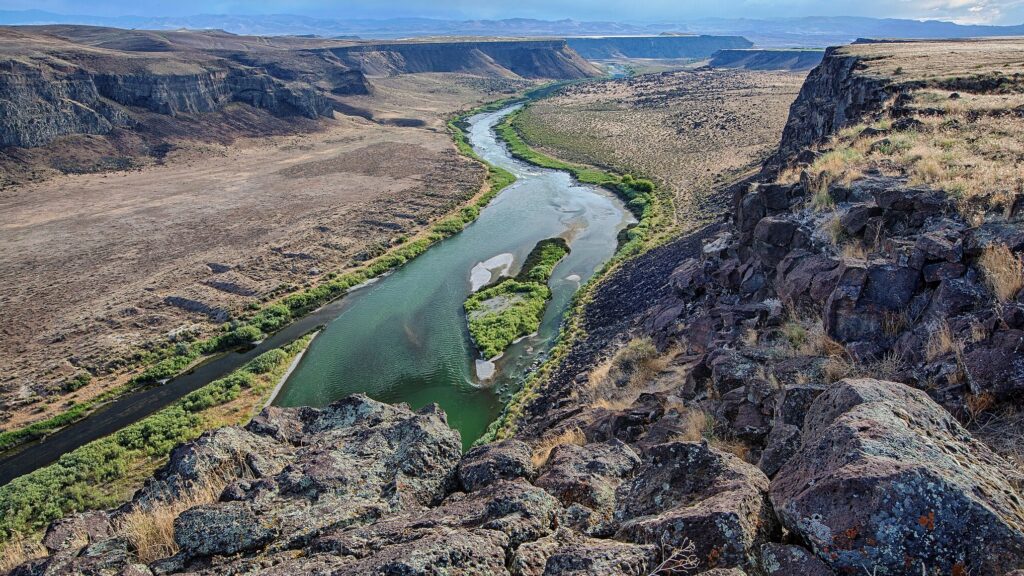
The Snake River that carved Hell’s Canyon carries enormous volumes of water during spring snowmelt, creating one of the most powerful river systems in the western United States. During peak flow periods, the river can carry over 100,000 cubic feet of water per second through the canyon, creating a thunderous roar that can be heard for miles. This incredible force continues to carve the canyon deeper each year, though the process is now measured in geological time rather than human lifespans.
The river’s power isn’t just about volume – it’s also about the speed and turbulence created by the canyon’s steep gradient. As water rushes through narrow sections and over rocky obstacles, it creates hydraulic forces capable of moving massive boulders and reshaping the riverbed. This constant movement keeps the ecosystem dynamic and prevents the river from becoming stagnant or overly silted.
11. Hell’s Canyon Contains Some of the Oldest Rocks in North America

Beneath the relatively young canyon itself lie some of the oldest rocks on the North American continent, with some formations dating back over 300 million years. These ancient rocks tell the story of when this region was covered by prehistoric seas, tropical forests, and volcanic activity that shaped the continent’s foundation. Geologists can read the history of ancient climates, ocean levels, and even mass extinction events in these rock layers.
The contrast between the canyon’s young age and the ancient rocks it exposes creates a unique geological textbook. Visitors can literally touch rocks that formed when dinosaurs roamed the earth, while standing in a canyon that didn’t exist when early humans first arrived in North America. This juxtaposition makes Hell’s Canyon an invaluable site for understanding both rapid geological change and deep geological time.
12. It’s a Critical Migration Corridor for Wildlife
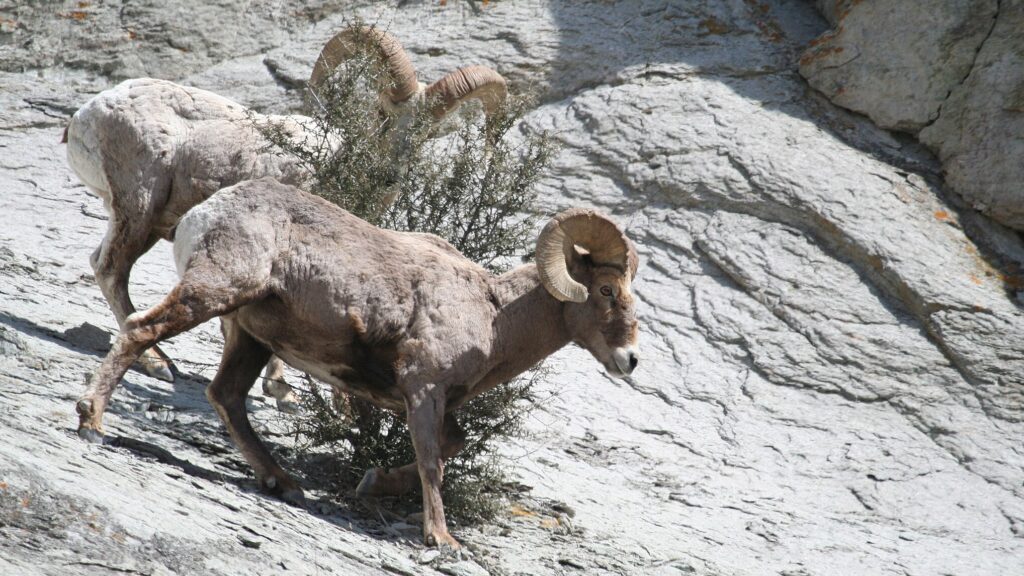
Hell’s Canyon serves as a vital migration corridor for numerous species traveling between different habitat zones and seasonal ranges. The canyon’s north-south orientation and varied elevations create a natural highway that wildlife has used for thousands of years. Elk, deer, and bighorn sheep follow ancient migration routes through the canyon, while birds use the thermal currents created by the canyon’s depths to aid in their long-distance flights.
Climate change has made these migration corridors even more critical, as species need to move to find suitable habitat as temperatures and precipitation patterns shift. Hell’s Canyon’s protected status ensures that these ancient pathways remain open and undisturbed, providing hope for wildlife adaptation in an era of environmental change. Research shows that maintaining these corridors is essential for genetic diversity and species survival.
13. Adventure Tourism Here Supports Local Communities While Preserving Wildness

The growing recognition of Hell’s Canyon as a world-class adventure destination has created sustainable tourism opportunities that benefit local communities while maintaining the area’s wild character. Guided rafting trips, jet boat tours, fishing expeditions, and hiking adventures provide economic opportunities for guides, outfitters, and local businesses without requiring large-scale development that would damage the canyon’s pristine nature.
This model of sustainable tourism demonstrates how natural wonders can be shared and appreciated while still being preserved for future generations. Local operators have developed expertise in safely introducing visitors to the canyon’s wonders while minimizing environmental impact. Many of these businesses are family-owned operations that have been serving visitors for generations, creating a deep connection between the local community and the canyon’s preservation.
The success of this approach shows that economic prosperity and environmental protection can go hand in hand when communities commit to responsible stewardship of their natural resources. Hell’s Canyon stands as a shining example of how America’s natural treasures can be both celebrated and protected through thoughtful management and community involvement.

